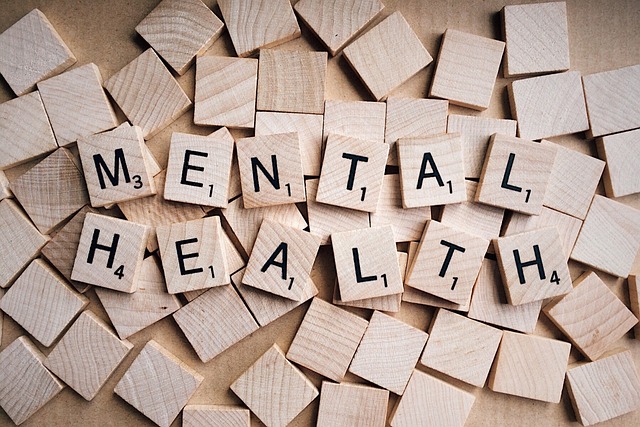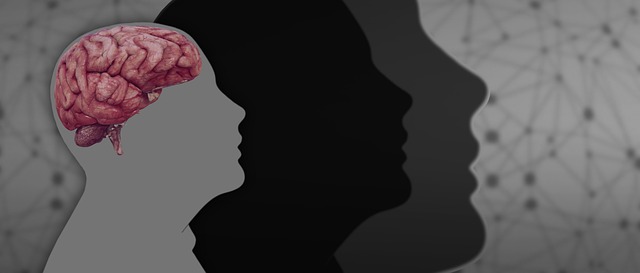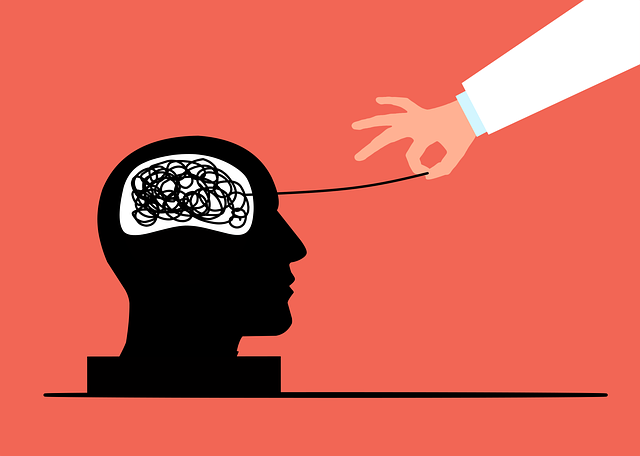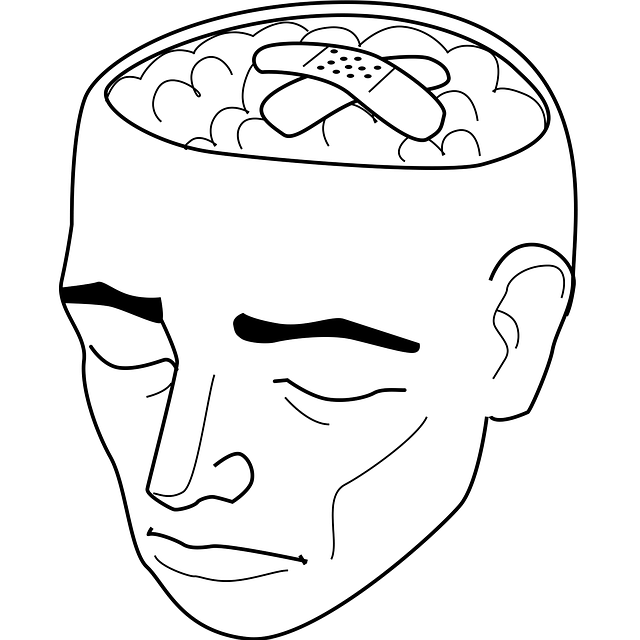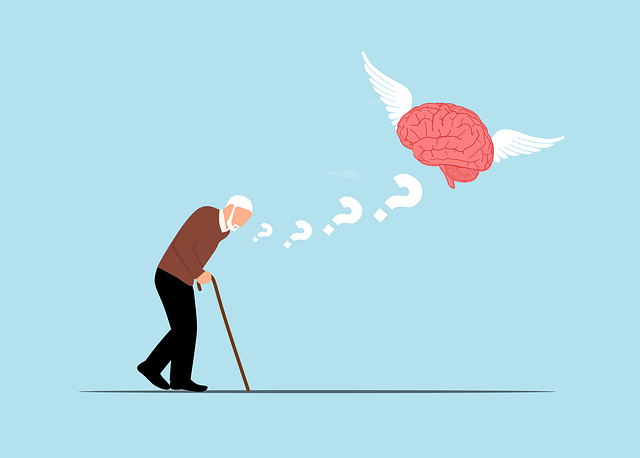In child therapy, especially for those with phobias or mental health concerns, risk assessment is crucial to predict and prevent adverse outcomes. It involves evaluating history, current circumstances, and behavioral patterns, using tools to analyze risks like self-harm and aggression. A comprehensive assessment allows therapists to implement tailored strategies for stress reduction, foster a supportive environment, address underlying issues, improve self-esteem, and develop effective coping mechanisms. Harm minimization strategies, including deep breathing exercises, guided imagery, and mental health education, empower children to manage anxiety and build resilience. Continuous monitoring ensures therapy remains tailored to each child's needs, fostering safety and positive outcomes while preventing caregiver burnout.
Risk assessment and harm minimization are essential components of safe and effective therapy for children, especially those dealing with phobias. This comprehensive guide explores key aspects, from understanding risk assessment in child therapy to implementing harm minimization strategies. We delve into identifying and addressing triggers that cause fear and anxiety, providing a robust framework for continuous monitoring and adjustment. By adhering to these practices, therapists can create a secure environment, fostering positive outcomes for children overcoming phobias.
- Understanding Risk Assessment in Child Therapy
- Identifying and Addressing Children's Phobia Triggers
- Implementing Harm Minimization Strategies
- Continuous Monitoring and Adjustment for Safe Therapy
Understanding Risk Assessment in Child Therapy

In child therapy, risk assessment is a crucial process aimed at identifying and mitigating potential hazards that may impact a young client’s well-being during treatment. It involves a thorough evaluation of various factors, including the child’s history, current circumstances, and behavioral patterns, to predict and prevent adverse outcomes. This proactive approach ensures that therapy for children with phobias or other mental health concerns is conducted safely and effectively. Mental health professionals utilize risk assessment tools to analyze behaviors such as self-harm, aggression, or escape attempts, which could hinder progress or cause harm.
By conducting a comprehensive risk assessment, therapists can implement tailored strategies to enhance stress reduction methods and foster a supportive environment. This process enables them to address underlying issues, improve self-esteem, and develop coping mechanisms that promote positive change. The goal is to create a structured plan that guides therapy sessions while minimizing potential risks, ensuring the child’s safety and fostering their growth and recovery.
Identifying and Addressing Children's Phobia Triggers

Children’s phobias can stem from a variety of triggers, often rooted in past experiences or intense emotions. A thorough risk assessment should involve identifying these triggers and understanding their underlying causes. Through therapy for children phobias, professionals can help young individuals process and overcome these fears. Mental wellness journaling exercises can be an effective guidance tool during this process, allowing children to express their feelings and track their progress.
Addressing these triggers requires a nuanced approach tailored to each child’s unique experiences. Healthcare providers play a crucial role in preventing burnout by implementing effective harm minimization planning. Mental health awareness is essential for recognizing the signs of phobias early on, enabling timely interventions. Burnout prevention strategies are vital to ensuring that caregivers can continue offering high-quality therapy for children phobias without succumbing to stress and exhaustion.
Implementing Harm Minimization Strategies

Implementing Harm minimization strategies is a critical step in risk assessment for therapy programs, especially when focusing on children with phobias. These strategies are designed to proactively reduce potential harm and ensure the safety and well-being of young clients during treatment. One effective approach involves incorporating stress reduction methods tailored to their age group. Techniques such as deep breathing exercises, guided imagery, and mindfulness practices can empower children to manage anxiety and fear responses more effectively. By teaching them these coping skills, therapists enable kids to face their phobias in a controlled environment, fostering resilience building and gradual exposure therapy.
Additionally, integrating mental health education programs into the therapeutic process empowers children with knowledge about their emotions and behaviors. These programs can be designed to suit different age ranges, providing age-appropriate explanations of anxiety disorders and phobias. Educating young minds about the connection between thoughts, feelings, and actions equips them with essential tools for self-awareness and self-regulation. This, in turn, enhances their ability to make informed decisions regarding their mental health and promotes a positive outlook towards seeking help when needed.
Continuous Monitoring and Adjustment for Safe Therapy

Continuous monitoring is a vital component of risk assessment and harm minimization planning for therapy, especially when treating children with phobias. This involves regular evaluation of both the client’s progress and the therapist’s own practice. By consistently assessing the effectiveness of interventions, therapists can identify areas that require adjustment or refinement in real-time. This dynamic approach ensures that the therapy remains tailored to the child’s evolving needs, promoting a safer and more positive experience.
Additionally, this monitoring facilitates early detection of potential risks or burnout among healthcare providers, which is crucial considering the demands of treating anxious conditions. Implementing effective strategies for burnout prevention, such as Mental Wellness Journaling Exercises, can enhance professionals’ resilience. Cultivating a positive mindset through practices like journaling encourages self-care and reflection, thereby supporting therapists’ mental wellness alongside their clients’ emotional well-being.
Risk assessment and harm minimization planning are essential components of safe and effective therapy for children’s phobias. By understanding risk factors, identifying triggers, implementing tailored strategies, and continuously monitoring progress, therapists can create a supportive environment that fosters healing and growth. These practices ensure that every child receives the best possible care during their therapeutic journey.





